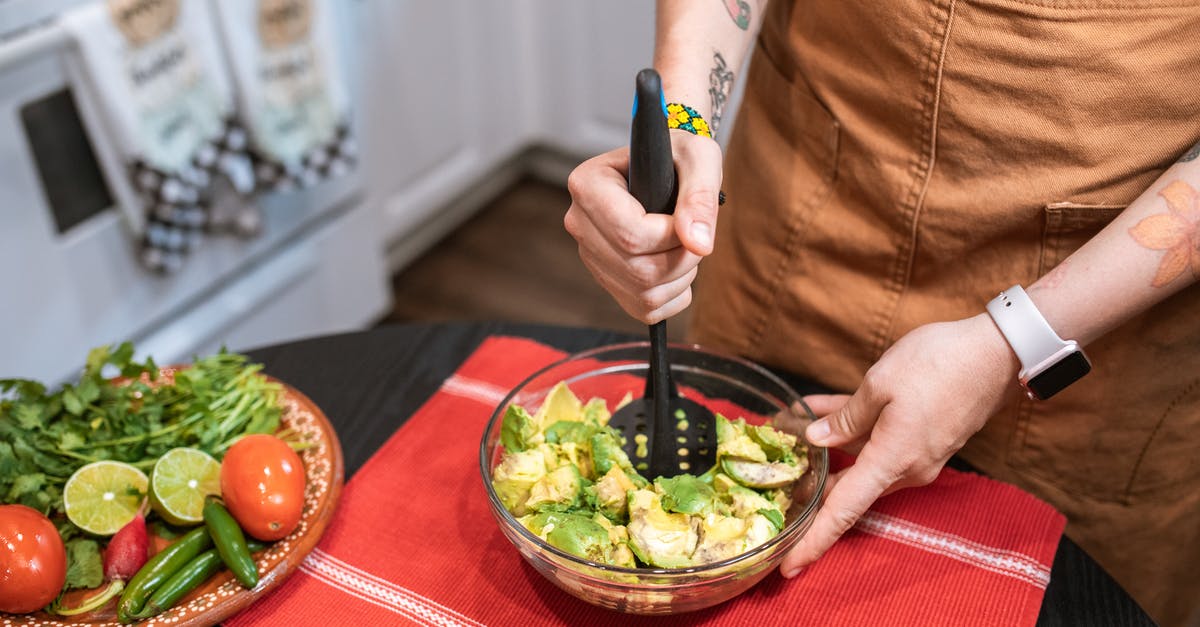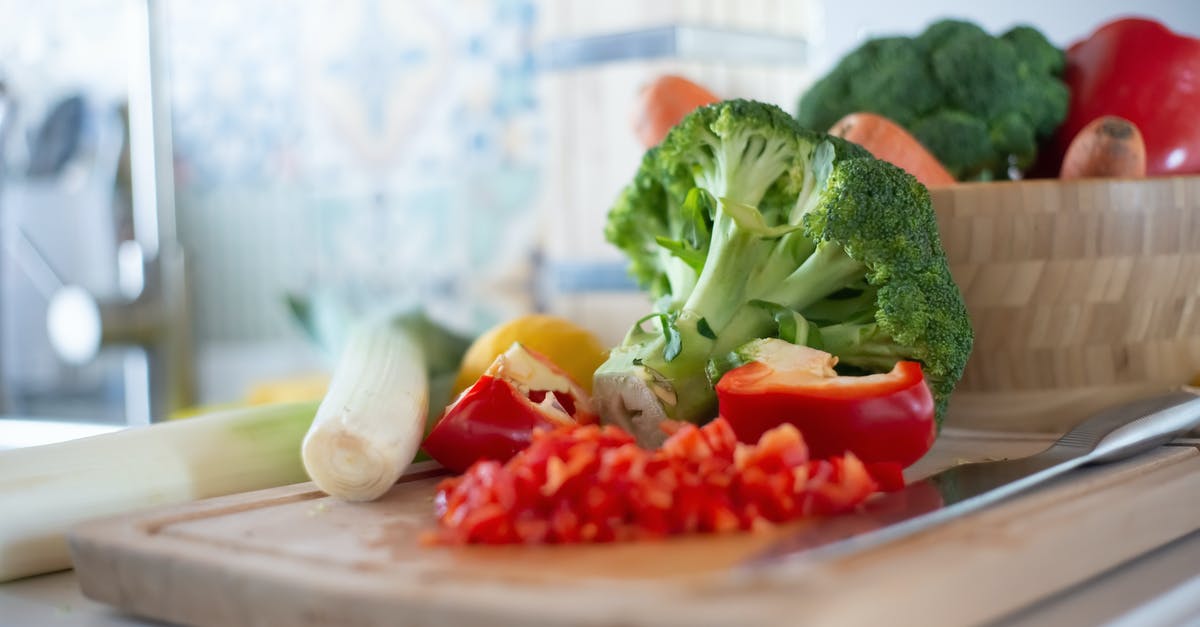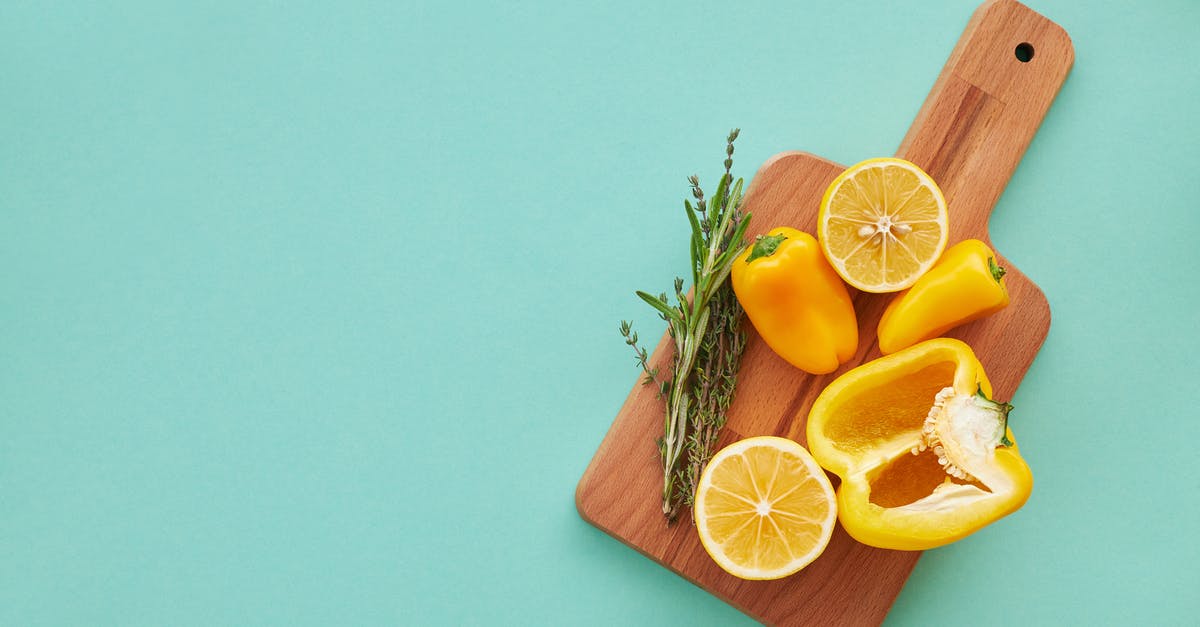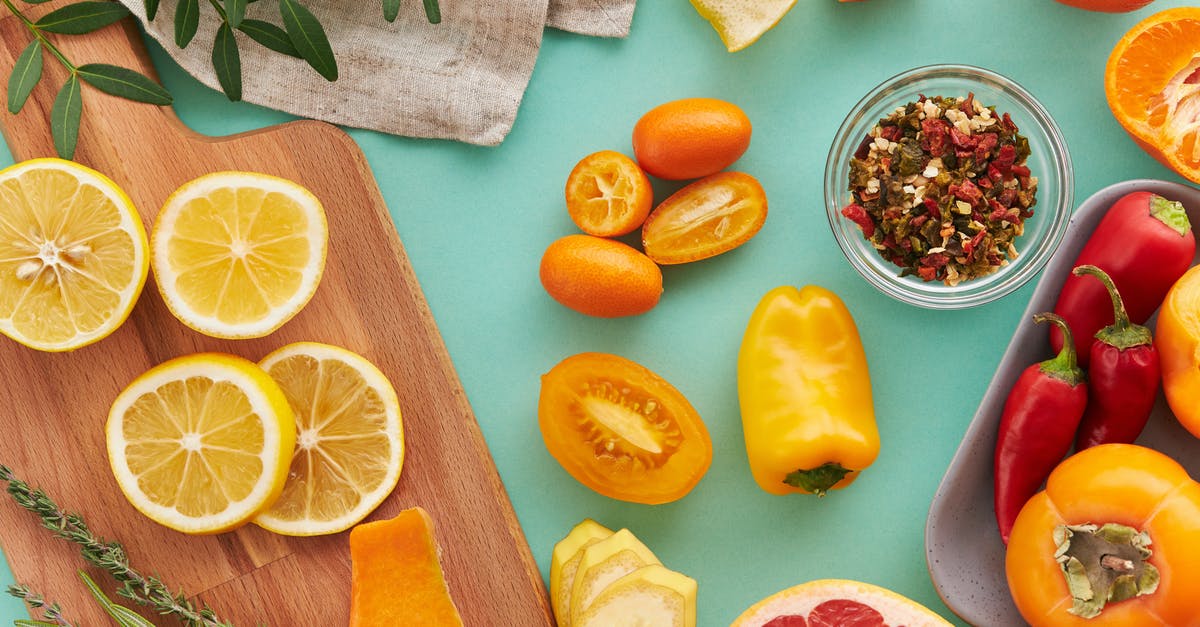How finely chopped should vegetables be when making stock?

I've watched several YouTube videos now to learn how to make vegetable stock. Most of these videos show the vegetables being chopped into relatively large chunks - for example, carrots and onions being cut into four roughly equal portions. However, I've watched a couple of other videos that explain that the more surface area you create the more flavourful the end product will be, and advise chopping the vegies into much smaller pieces. In one video, the cook even put his vegetables in a blender!
So, how big should my vegie chunks be when making stock? Is there a "correct" way, or is it a matter of taste?
Best Answer
I'd say it is a "matter of taste," literally, because what comes out will change depending on how you process the vegetables. For example, despite the common use of carrots in stock, I feel like many chefs don't actually want a real "carroty" flavor in stock. Quartering or roughly chopping a carrot is enough to give them plenty of "carrot notes" in their optimum flavor. Thus, my theory is that chefs often follow their particular chopping pattern to produce the balance of flavor that they want. If you chop things more finely, you may actually alter that balance.
Anyhow, if your goal is maximum flavor extraction, then you'll need to chop your carrot into finer pieces. (You may then find that you need less carrot in your mix of vegetables.) Other vegetables like onions don't necessarily need fine chopping, since they already exist in relatively thin layers to allow circulation. If you quarter an onion, the liquid will already be able to infiltrate -- if you want even greater circulation, just break up those quarters into layers as you throw the onion in. And things like herbs, etc. don't generally need to be chopped at all: just throw in whole sprigs, and they'll provide most of their flavor after simmering even for a brief time.
I would note that simmering time is also an issue here. Most chefs don't cook vegetable stock for longer than an hour or so, since there's no benefit (as there is with meat stocks, where it can take hours for collagen to break down, etc.). In fact, by simmering too long, you can actually break down some of the more subtle flavor components, lose them to evaporation, or bury them in the more generic "overcooked" vegetable flavors. Thus, some recommend adding finely-textured herbs only briefly toward the end. (That's also the reason why a small amount of fresh herbs are often added as a garnish to a finished dish; the flavor is greater and more noticeable than if they were cooked in for a long time.)
I'm therefore somewhat skeptical of the method that used a blender before cooking, since that would cause a very fast breakdown of the vegetables and potentially unbalance the flavors. (Some people do puree the vegetables after simmering and add them back for a more hearty or thicker broth/soup.)
In general, I'd plan on simmering vegetable stock until the various vegetables are "done" (soft) and then going a bit longer, tasting it periodically until the flavor is rich and full. Chopping finer will release more flavor faster, but there is a limit because things will rapidly get "overcooked." At that point you'll be releasing less of the "bright" and "fresh" vegetable flavors that you get early on; these flavors may start to break down or get lost, and eventually you'll have more of a generic "vegetable mush" flavor.
Pictures about "How finely chopped should vegetables be when making stock?"



Quick Answer about "How finely chopped should vegetables be when making stock?"
This is a nice answer. Though I don't think size matters too much when making broth, because I think at these temps, you get complete extraction from the interior of veg. I almost alway cut into 1 inch pieces whatever it is when making broth and adjust the flavor I want by how much of the veg I use.Should you chop vegetables for stock?
You can also make stock using any amount of vegetables that you happen to have on-hand, but it's good to have a roughly equal portion of each so the resulting stock will have a balanced flavor. Coarsely chop all the vegetables. Wash any visible dirt off the vegetables and give them a rough chop.How do you cut carrots for stock?
Vegetables should be cut in a size proportional to the cook time of the stock. You want the flavour extracted from the vegetables, but don't need them turning to mush or it will interfere with the clarity of your stock. Beef stocks should be cooked for 6 to 8 hours, so vegetables can go in whole, or halved.Why do we need to cut vegetables to appropriate size for the type of stock?
Beet roots and onion skins should also be avoided, unless you don't mind your stock turning red or brown. Spoiled vegetables: Although stock is a great way to use veggies that are wilted or slightly past their prime, be sure not to use produce that is rotten or moldy.How I turn SCRAPS into Vegetable Broth | Low-Waste Hacks
Sources: Stack Exchange - This article follows the attribution requirements of Stack Exchange and is licensed under CC BY-SA 3.0.
Images: RODNAE Productions, Kampus Production, Vanessa Loring, Vanessa Loring
